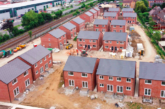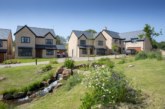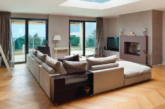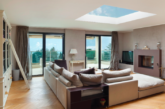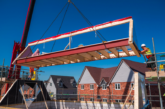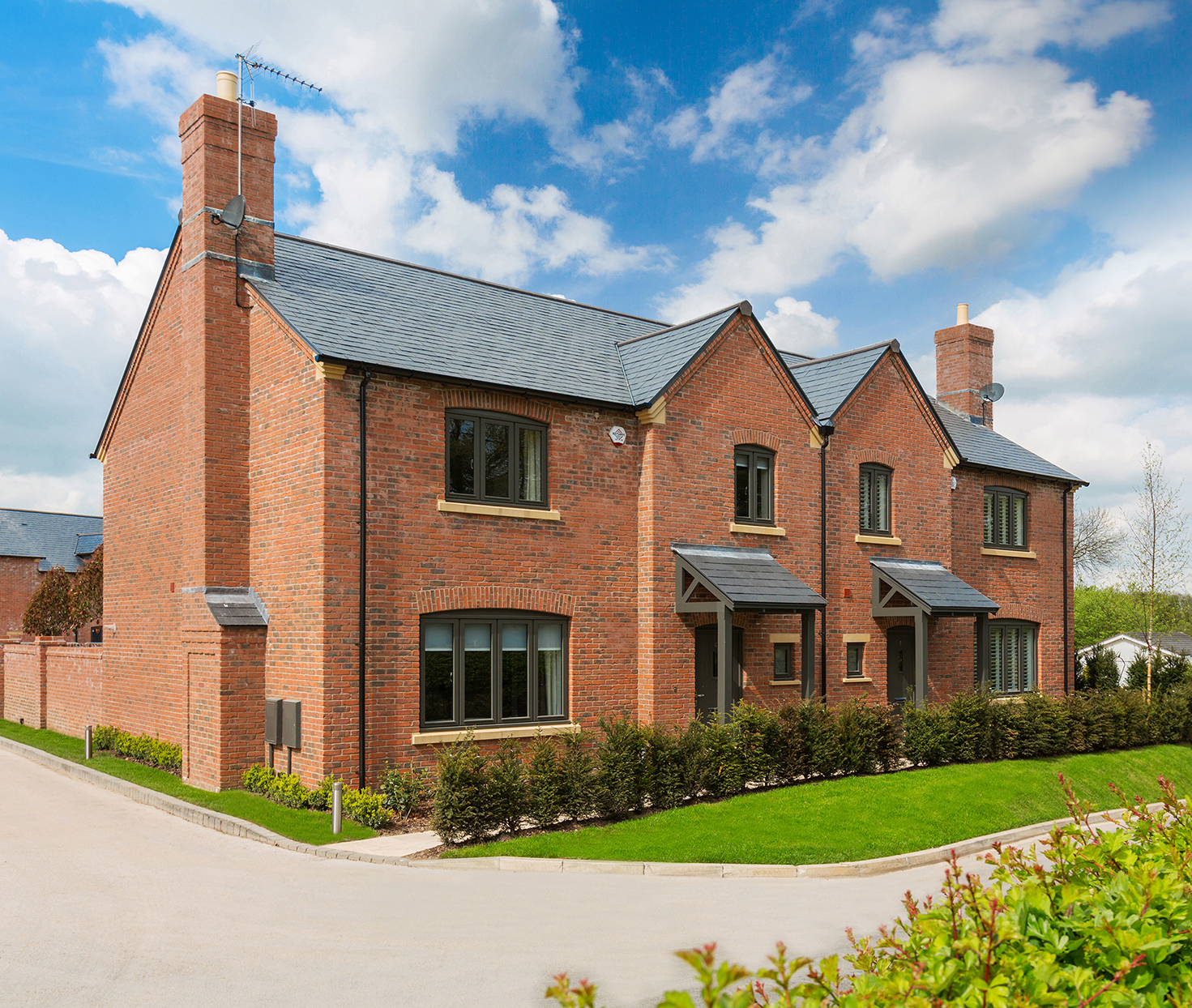
Traditionally, natural slate was used for roofing due to its low water absorption rate. Now the material is demonstrating its versatility, being used across a wide range of projects both traditional and modern. Nigel Tozer, UK Sales Manager at CUPA PIZARRAS looks at the evolution of natural slate.
With a lifespan of up to 150 years, and little or no maintenance required, slate’s practical and aesthetic advantages have been enough to secure its enduring popularity. Traditionally, slate was utilised in the construction of castles and churches because of its weather resistant properties and due to the fact that slate was an expensive material to install so only the very wealthy could afford to use it. As time has gone on, Spain’s quarrying processes adapted and developed to bring slate roofs to the average home in the nineteenth century.
Sustainable characteristics
Slate doesn’t just offer great performance; its unquestionable beauty means it is often the preferred choice from a design perspective. In addition, it is extremely sustainable; independent studies, such as one carried out by the Inventory of Carbon and Energy (ICE, University of Bath), have confirmed that it is the material with least negative effects on the environment. Unlike other materials and roofing adhesives that leave volatile organic compounds (VOC) in the air around the building for years after being installed, natural slate uses only water in the production process.
Slate’s vast properties have now earned its recognition as an incredibly adaptable material making it ideal for a wide range projects not only roofing but also cladding where the position of the building in relation to water and its exposure to light can bring astonishing results in relation to colour movement throughout the day. As a result, it is no longer just the material of choice for heritage buildings; it is now being seen more and more on new builds too.

Sophisticated look
A great example of a developer that has utilised this material significantly is PH Homes. The developer has a distinctive architectural style which mixes the traditional with the contemporary for a sophisticated finish. PH Homes requires a roofing material that is in keeping with this style while offering great quality and longevity.
As a result CUPA PIZARRAS’s slate has been used on many of its builds including The Woodlands in Nether Alderley, Cheshire and The Courtyard in Henbury, Cheshire.
The Woodlands is a trio of executive five-bedroom homes. Here, the developer specified CUPA 5 slate: H selection. The tile is a dark grey, non-carbonated slate formed by tectonic compression and a riven surface. CUPA H5 was used for The Courtyard project too – a development of nine four-bedroomed semi-detached and mews houses. These two projects really show how slate is now being used for its aesthetic qualities as well as its durability. It is a great way of adding a traditional touch to what would otherwise be a modern finish.
Slate has always been recognised in the roofing industry for its durability but thanks to the evolution of its quarrying process, its adaptability, qualities such as environmental credentials and, of course, its visual beauty, it can now be enjoyed by a range of projects outside of its usual heritage realm.


